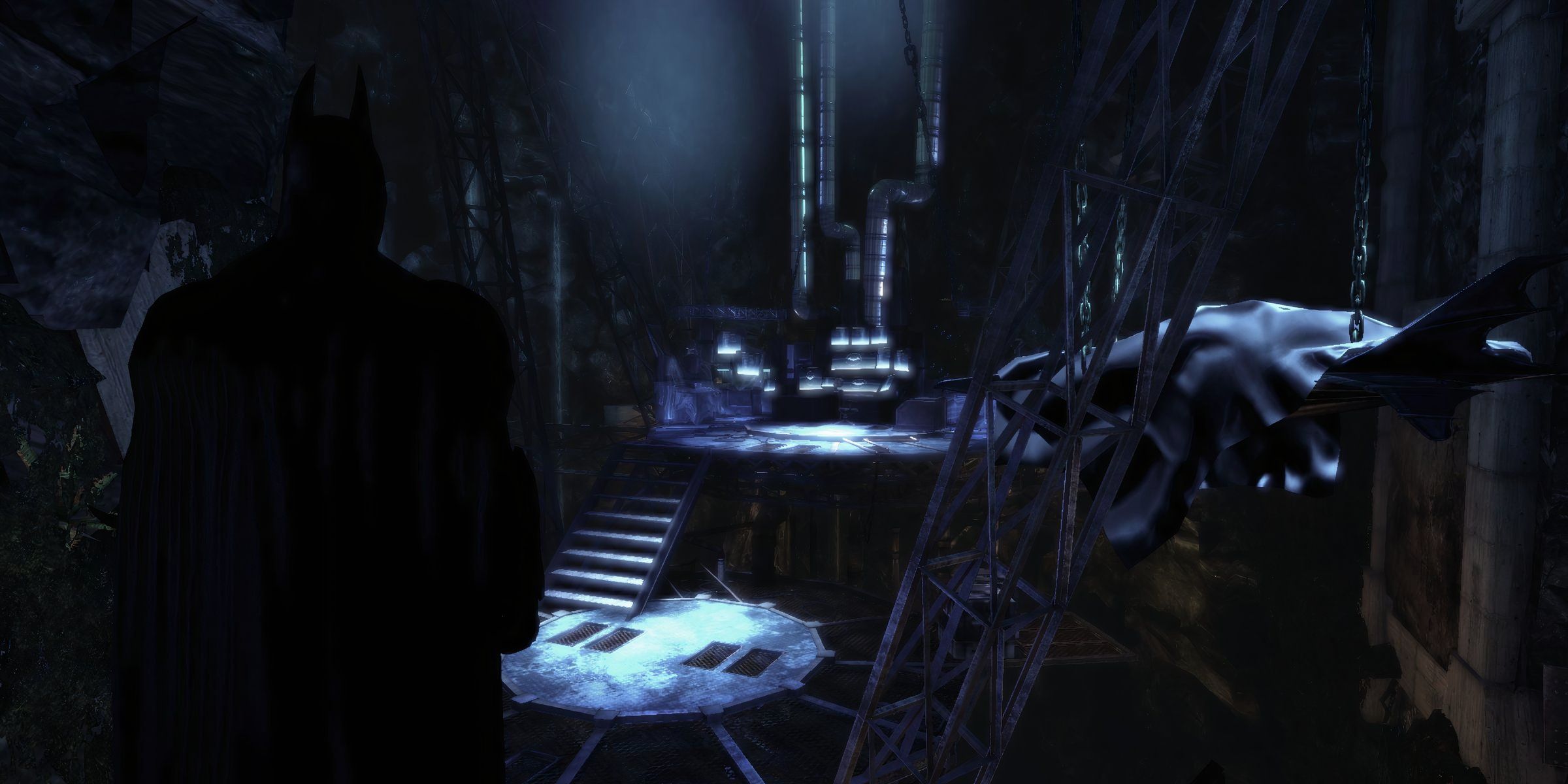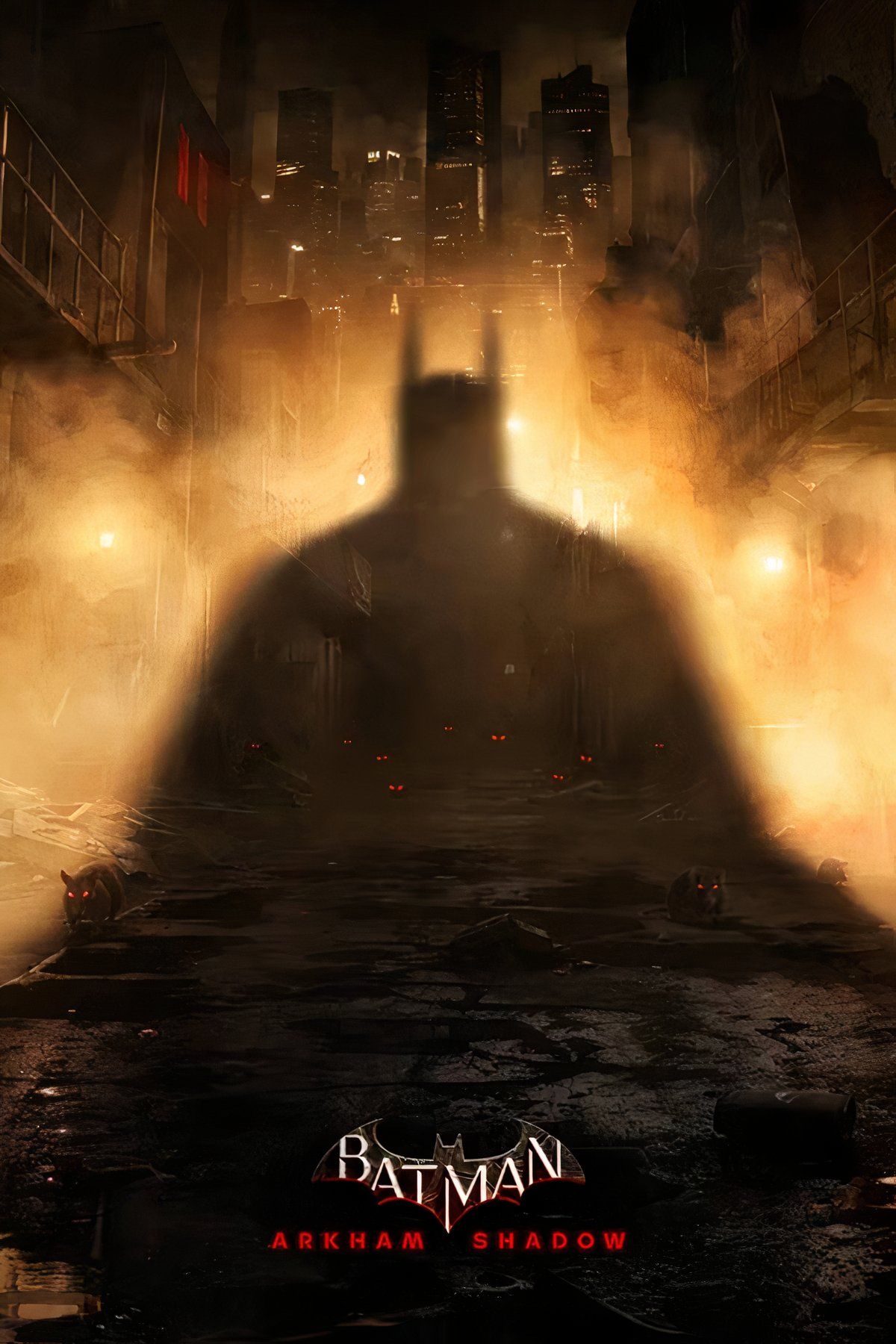Batman’s Arkhamverse is enduring and iconic for numerous reasons, including the fact that it has told a fairly tight-knit story—one that Suicide Squad: Kill the Justice League uprooted and left discombobulated after brazenly introducing multiversal Elseworlds, needlessly retconning and disfiguring Deadshot and Harley Quinn, and cheaply faking every Justice League member’s death besides Wonder Woman (whose death was now in vain). The Arkhamverse returned to the same formula as Rocksteady’s Arkham trilogy and WB Games Montreal’s Batman: Arkham Origins via Camouflaj’s Meta Quest 3/3S-exclusive Batman: Arkham Shadow, however, and it’s possible that future games in the series could follow it.
If Batman: Arkham Shadow receives a sequel, or if another studio begins work on its own prequel entry in the franchise, there are thankfully dozens of loose threads it could pursue as long as it keeps itself at arm’s length from Batman: Arkham Asylum so that it has room to breathe and tell an authentic story. In particular, with so much lore and backstory ascribed to Batman’s history with the League of Assassins and Ra’s al Ghul, it’s disheartening that he never amounted to much in either Batman: Arkham City or Batman: Arkham Knight, and a prequel game should rectify that.

Related
Batman: Arkham Shadow’s Dick Grayson Reveal is a Breadcrumb Worthy of Its Own Game
Batman: Arkham Shadow’s recently added post-credits scene puts into perspective how significant Dick Grayson’s role could be in a possible sequel.
Ra’s al Ghul’s Lore in Batman’s Arkham Games is a Blank Canvas
When precisely Bruce Wayne first met Ra’s al Ghul or Ra’s’ daughter, Talia, is unclear, but there are only two gaping chasms in the Arkhamverse now where those interactions would’ve occurred, assuming Rocksteady or another developer would care enough to follow what excruciatingly few details have been haphazardly doled out: either in the two years between when Bruce trained at Master Kirigi’s monastery in Batman: Arkham Origins’ Initiation DLC and when Batman: Arkham Origins’ story takes place, or at any point in time between Batman: Arkham Shadow and Batman: Arkham Asylum.
Batman: Arkham Asylum’s comprehensive character biographies notwithstanding, a half-Easter egg half-Riddler riddle plants a corpse’s toe tag with Ra’s al Ghul’s name on it in the morgue.
That said, similar to how Batman: Arkham Shadow rewrote the book on the knowledge of the events that chemically fried half of District Attorney Harvey Dent, it may be a breath of fresh air if a future Arkham game decided to cherry-pick what conversations and established lore it adheres to concerning Ra’s and not worry too much about ensuring that every reference to the character made in previous games is accounted for literally. Nonetheless, one game could be all the al Ghuls need for the League of Assassins’ throughline to stretch consistently between it, Batman: Arkham Origins’ Initiation DLC with Shiva, and Batman: Arkham Knight’s Season of Infamy “Shadow War” Most Wanted DLC.
Batman: Arkham City Arguably Does Ra’s al Ghul a Disservice
Batman explicitly states that he has met Ra’s al Ghul “many times” and that Ra’s claims to be over 600 years old. But, Batman’s dialogue when speaking with Mister Freeze about ascertaining an enzyme needed to formulate a cure and when speaking to Oracle about Lazarus after defeating Ra’s below Wonder City confirms that he didn’t know about the Lazarus Pits or Ra’s’ abuse of them yet until the events of Batman: Arkham City.
A prequel game featuring Ra’s would need Batman to be just as ignorant. Camouflaj has proven it can tackle loosely defined lore in fantastic and immersive ways with many other Arkham characters, and a Batman: Arkham Shadow sequel could be sinew for Ra’s, too. Likewise, it’s declared that Bruce Wayne and Talia had a deep romantic connection.
Bruce’s passionate relationship with Talia and his encounters with Ra’s—hostile or otherwise—couldn’t have been rushed, fleeting story beats, especially if Talia is depicted as Batman’s greatest love interest in the Arkhamverse, and a game that’s dedicated to highlighting the al Ghuls and the League of Assassins would do well to flesh that lore out more concretely in the Arkhamverse canon. This could portray Bruce at his most vulnerable and demonstrate why he nearly went to rescue Talia from Joker rather than thwart Protocol 10 in Arkham City, as well as why he mourns her so solemnly when players examine Talia’s sword in the Gotham City Police Department’s evidence lockup.
If for no other reason, Ra’s al Ghul deserves another attempt at being an Arkham game’s main villain as Batman: Arkham City’s treatment of him is lackluster at best and nonsensical at worst. There are layers to who the ‘real’ main antagonist of Batman: Arkham City is:
- First, it seems to be Professor Hugo Strange, whose knowledge of Batman’s identity is meant to be ominous but ultimately has no resolution, and whose only moments of true villain potential is in the game’s introduction, a quaint scene in Crime Alley when Batman ‘pays respects’ to his dead parents, and when Batman sees Strange on a massive display as he initially infiltrates Wonder Tower and is ambushed by TYGER guards.
- Then, Joker is revealed not long after the game’s opening and it’s his plot of Titan-tainted blood that pushes the plot forward, not Strange’s looming Protocol 10.
- Finally, Ra’s is revealed to be who Strange is working for, and both characters die one after the other mere moments before players have fully processed it all, leaving Joker (and Clayface) as Batman: Arkham City’s actual main villain.
Ra’s being behind Protocol 10 comes as a bit of a surprise, not because it’s unpredictable or alarming but because Ra’s is already given a role in the story and seems completely detached from Protocol 10 despite having the League’s lair and Lazarus Pit conspicuously placed beneath Gotham City’s wild Arkham City super-prison. Ra’s al Ghul’s Demon Trials boss fight is epic and one of the best boss fights in the Arkham games, but it occurs halfway through the story while he and his blood are a mere plot device.

Related
Batman: Arkham Batcave Tier List
The Arkhamverse has featured many Batcave iterations of varying qualities and functionality; naturally, some happen to eclipse others.
Batman: Arkham Knight Makes Ra’s al Ghul’s Death Canon, But for How Long?
A prequel game dedicated to the League of Assassins could also flesh out Talia’s sister, Nyssa Raatko, who is revealed in Batman: Arkham Knight’s “Shadow War” DLC. It’s learned here that Nyssa vows to remove the League from Gotham City after Batman agrees to allow Ra’s to die, destroying a Lazarus Pit in the city and preventing League loyalists from resurrecting Ra’s.
The option to destroy the device, though, is the ‘good’ choice and is a perfectly definitive bookend to the League and the Ghuls’ storyline in the Arkhamverse, as well as a phenomenal philosophical decision Batman must make. Therefore, unless narrative throughlines are unraveled further in the Arkhamverse or if a new Lazarus Pit is conveniently unearthed (the latter being wholly possible and probably excusable under the right circumstances), any narrative devoted to the League of Assassins should belong strictly to prequels.



